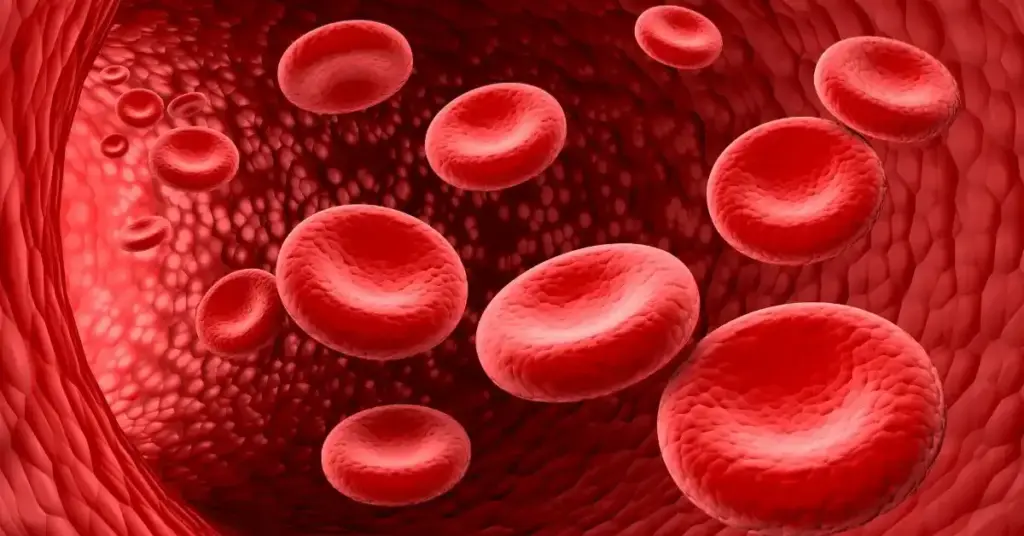
Many men receive timely care and continue to live long, fulfilling lives. Prostate cancer is one of the most common cancers in men, but with awareness, early detection, and the right prostate cancer treatment, outcomes can be very positive.
Prostate cancer often develops slowly and may not cause symptoms in its early stages. When symptoms appear, they may include:
Recognizing these early warning signs helps ensure that prostate cancer treatment begins at the right time.
Prostate cancer begins when cells in the prostate gland grow in an abnormal, uncontrolled way. While the exact cause isn’t always clear, several factors can contribute:
Not every man with these influences will develop prostate cancer, but understanding causes supports informed prevention and screening decisions.
The majority of cases are adenocarcinoma, which develops in the gland cells of the prostate. Less common types include:
Because each type behaves differently, doctors tailor prostate cancer treatment to the specific type and stage of disease.
Staging helps doctors understand how far the cancer has spread and guides prostate cancer staging and treatment.
Each stage requires a different treatment approach, Cancer and Mental Health also referred to as prostate cancer treatment by stage.
Some men face higher risk due to:
Awareness of these risk factors helps men and families stay proactive with screenings and prevention.
Doctors use several tools to diagnose prostate cancer, including:
Accurate diagnosis is key to designing the most effective prostate cancer treatment plan.
Treatment options depend on stage, overall health, and patient preference. Prostate cancer treatment by stage may include:
For many men, prostate cancer treatment after surgery involves radiation or hormone therapy to lower the chance of recurrence and support long-term health.
Awareness and timely medical care make all the difference. By recognizing early signs, understanding risk factors, and following through with regular checkups, men can detect prostate cancer when it’s most treatable. With modern advances in prostate cancer treatment, men can look forward to long, active, and fulfilling lives surrounded by the support of their families and care teams.
Many men receive timely care and continue to live long, fulfilling lives. Prostate cancer is one of the most common cancers in men, but with awareness, early detection, and the right prostate cancer treatment, outcomes can be very positive.
Signs of Prostate Cancer
Prostate Cancer Causes
Types of Prostate Cancer
Stages of Prostate Cancer
Risk Factors
How Doctors Diagnose
How is Prostate Cancer Treated?
Conclusion
Prostate cancer often develops slowly and may not cause symptoms in its early stages. When symptoms appear, they may include:
Recognizing these early warning signs helps ensure that prostate cancer treatment begins at the right time.
Prostate cancer begins when cells in the prostate gland grow in an abnormal, uncontrolled way. While the exact cause isn’t always clear, several factors can contribute:
Not every man with these influences will develop prostate cancer, but understanding causes supports informed prevention and screening decisions.
The majority of cases are adenocarcinoma, which develops in the gland cells of the prostate. Less common types include:
Because each type behaves differently, doctors tailor prostate cancer treatment to the specific type and stage of disease.
Staging helps doctors understand how far the cancer has spread and guides prostate cancer staging and treatment.
Each stage requires a different treatment approach, Cancer and Mental Health also referred to as prostate cancer treatment by stage.
Some men face higher risk due to:
Awareness of these risk factors helps men and families stay proactive with screenings and prevention.
Doctors use several tools to diagnose prostate cancer, including:
Accurate diagnosis is key to designing the most effective prostate cancer treatment plan.
Treatment options depend on stage, overall health, and patient preference. Prostate cancer treatment by stage may include:
For many men, prostate cancer treatment after surgery involves radiation or hormone therapy to lower the chance of recurrence and support long-term health.
Awareness and timely medical care make all the difference. By recognizing early signs, understanding risk factors, and following through with regular checkups, men can detect prostate cancer when it’s most treatable. With modern advances in prostate cancer treatment, men can look forward to long, active, and fulfilling lives surrounded by the support of their families and care teams.
Yes, many men recover from prostate cancer, especially when it’s detected early. With modern prostate cancer treatment options like surgery, radiation, or active surveillance, survival rates are very high. Recovery depends on the stage, overall health, and how the cancer responds to treatment, but long-term remission and healthy living are absolutely possible.
For early stage prostate cancer, the best treatment depends on age, health, and personal preferences. Options include active surveillance, surgery (prostatectomy), or radiation therapy. Active surveillance may be chosen if the cancer is slow-growing. Doctors tailor prostate cancer treatment by stage to balance effectiveness with quality of life, ensuring the most personalized care.
In many cases, prostate cancer can be cured, especially if found before it spreads beyond the prostate. Surgery and radiation are highly effective for localized disease. While advanced stages are harder to cure, modern therapies can control the cancer and extend life. Early detection and timely prostate cancer treatment give the best chance for cure.





